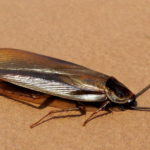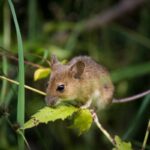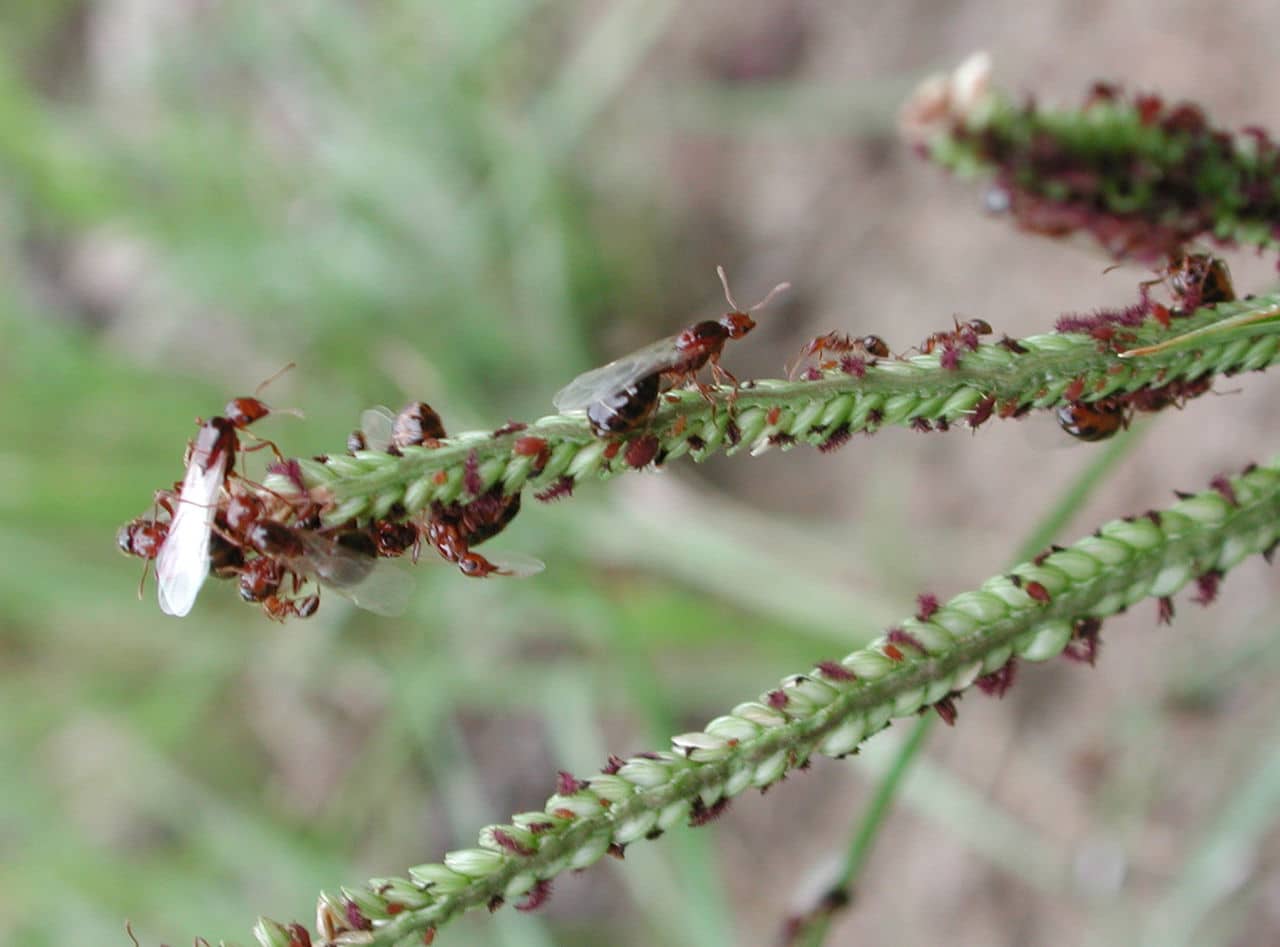
You know them. You hate them. And you swat them. Houston tops many lists as the worst place for mosquito infestations, but it’s not the only thing that’s trying to poke a hole in you or fly off with Fido. Here’s a complete list.
1: Mosquitoes
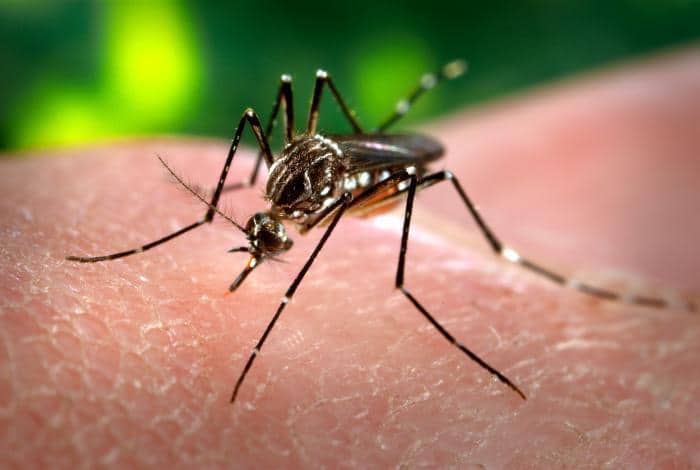
2: Fire Ants

Red imported fire ants (pictured above) also cause Houstonians a lot of grief. Dr. Robert Puckett, assistant professor and extension entomologist at Texas A&M University, says fire ants generate the most pleas for his help.
To fight against these stinging pests, Dr. Puckett suggests using insecticidal baits. “Most fire ant baits carry a minimal concentration of active ingredient and are applied at very low application rates,” he says. “Users should follow the application instructions on product labels closely to make certain they apply enough bait to manage the population, but no more.”
He also warns that “baits do not provide residual control of a new fire ant colony establishment.” Dr. Puckett says that “to protect a lawn from new colonies, property owners can consider applying contact insecticide granules to lawn and turf areas. Some such products are advertised to protect lawns from new colonies for up to a year. Folks should know that such products are not specific to fire ants and will also kill beneficial insects.”
3: Fleas
Fleas are an ongoing problem in Houston. Treat your pets for fleas, and these pesky little critters will find another warm-blooded animal to feed on: mice, stray cats and dogs, and even you. As any Houstonian will tell you, flea bites hurt, itch, and they can even cause a rash. In your yard, they are trouble – and once inside your house, you are looking at a potential infestation. They spread quickly. Once they get inside the home you will need to treat with chemicals. Be proactive by treating your pets and your yard.
4: Bald-Faced Hornets
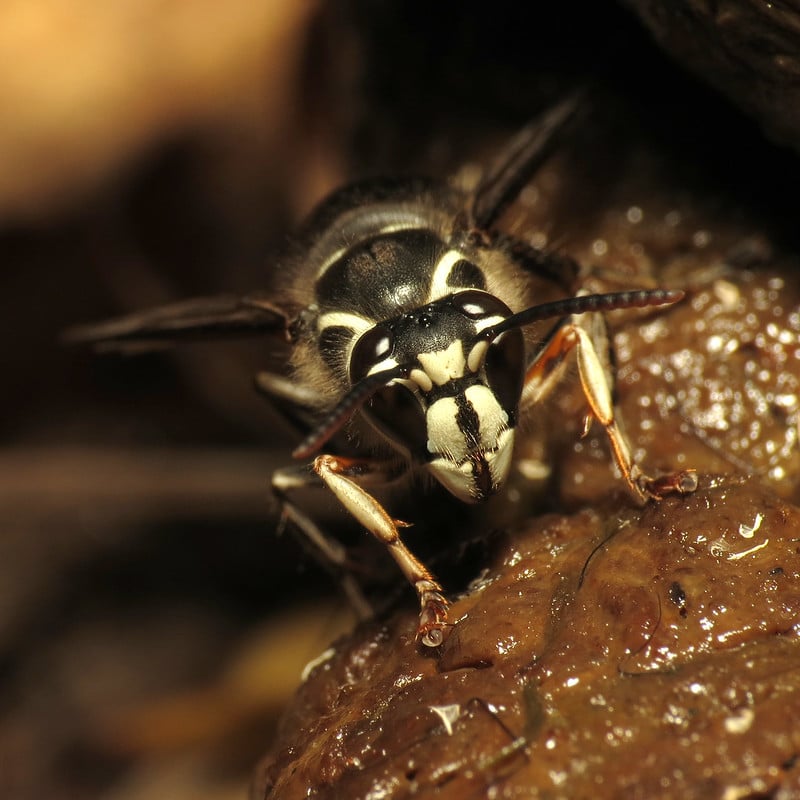
Bald-faced hornets (Dolichovespula maculata) are not native to Houston. But they have made our city their home. They are closely related to yellow jackets and are sometimes mistaken for them. But unlike yellow jackets, these stinging pests have white markings on their faces and bodies. They tend to build their nests in trees, shrubs, sheds, and overhangs — and defend them fiercely. These wasps are aggressive, it hurts when they sting, and nests can contain up to 400 of these insects. If you spot them lurking around your house, it’s best to seek professional help to remove them.
5: Southern Yellow Jackets
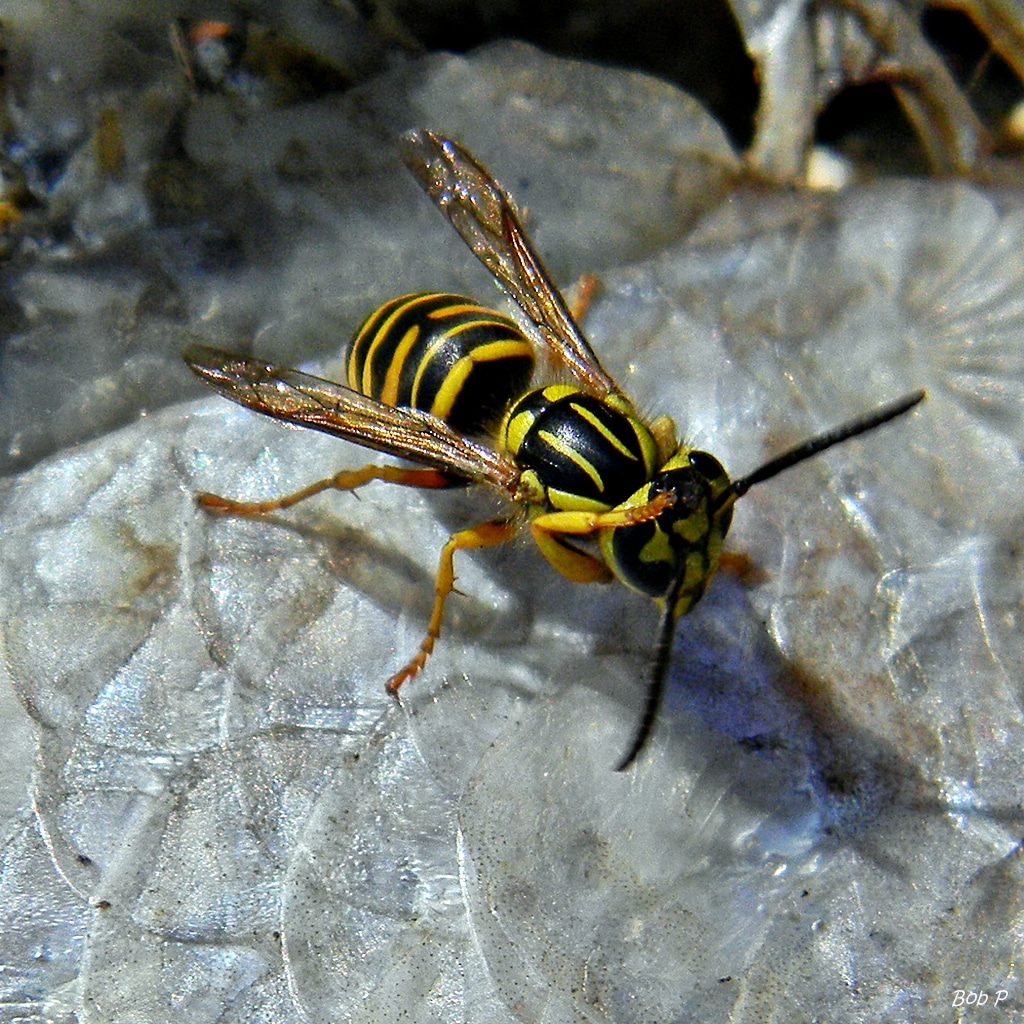
Southern yellow jackets (Vespula squamosa) are another stinging wasp that you want to avoid. Like the bald-faced hornet, they are aggressive wasps, and their sting hurts. They usually nest underground and prefer to build their nests in urban places such as Houston. These yellow jackets may also build their nests inside your walls. What makes these insects especially troublesome is that their nests contain up to 4,000 workers. If you disturb them, each of these venomous stinging insects can inflict multiple wounds.
6: Texas Asp
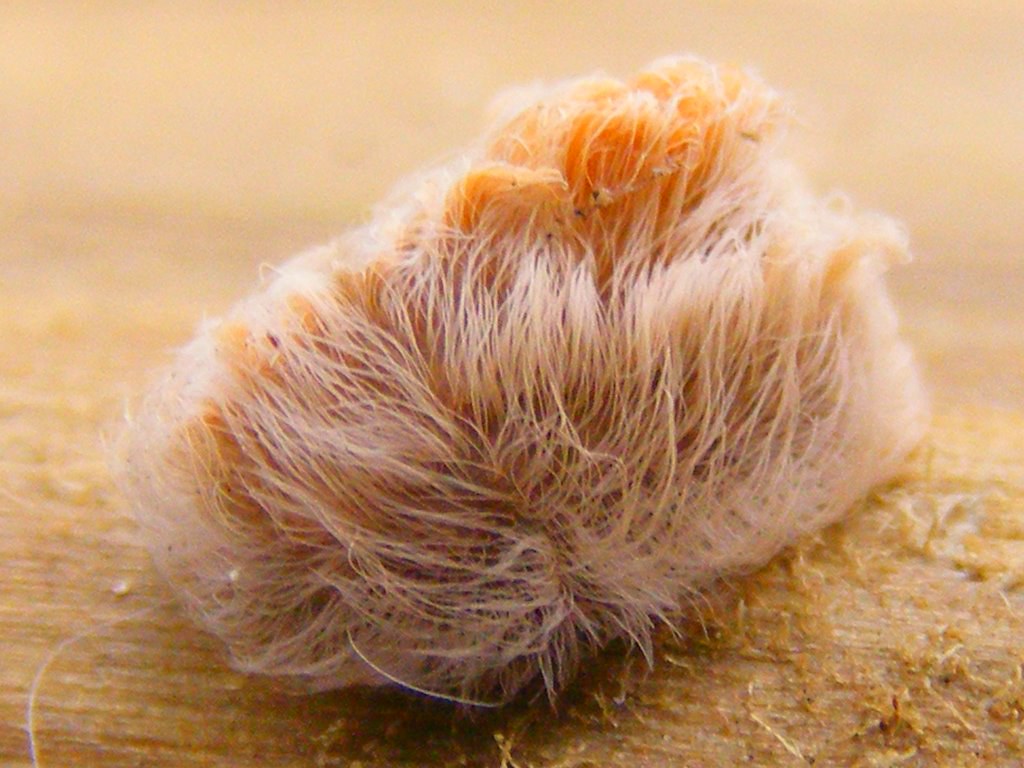
The Texas asp caterpillar (Megalopyde operculeris) is such a nuisance in these parts, that in the past, it has actually caused school closures. It’s most commonly found in the fall and its cute, fuzzy look may make you want to pet it. Don’t! Its furry-looking exterior is actually a mixture of fine hairs and a venomous spine. And when your skin brushes up against one of these, you’ll feel a painful rash or sting. You can find these stinging pests, also known as puss moth caterpillars, in Houston each fall. Once they transform into their adult form, as Southern flannel moths, they are no longer venomous.
7: Ticks
The final stinging pest on the list is ticks. They are abundant in Houston and many types also carry and transmit disease and illnesses to humans and pets. Houston has four main types: the Lone Star tick, black-legged deer tick, American dog tick, and the brown dog tick. The best way to protect against ticks is to keep your yard tidy, clean, and mowed and check your pets regularly. Treat both lawns and pets as needed.
Main image: Fire ants with queens. Credit: Wikimedia, CC by SA 2.5


